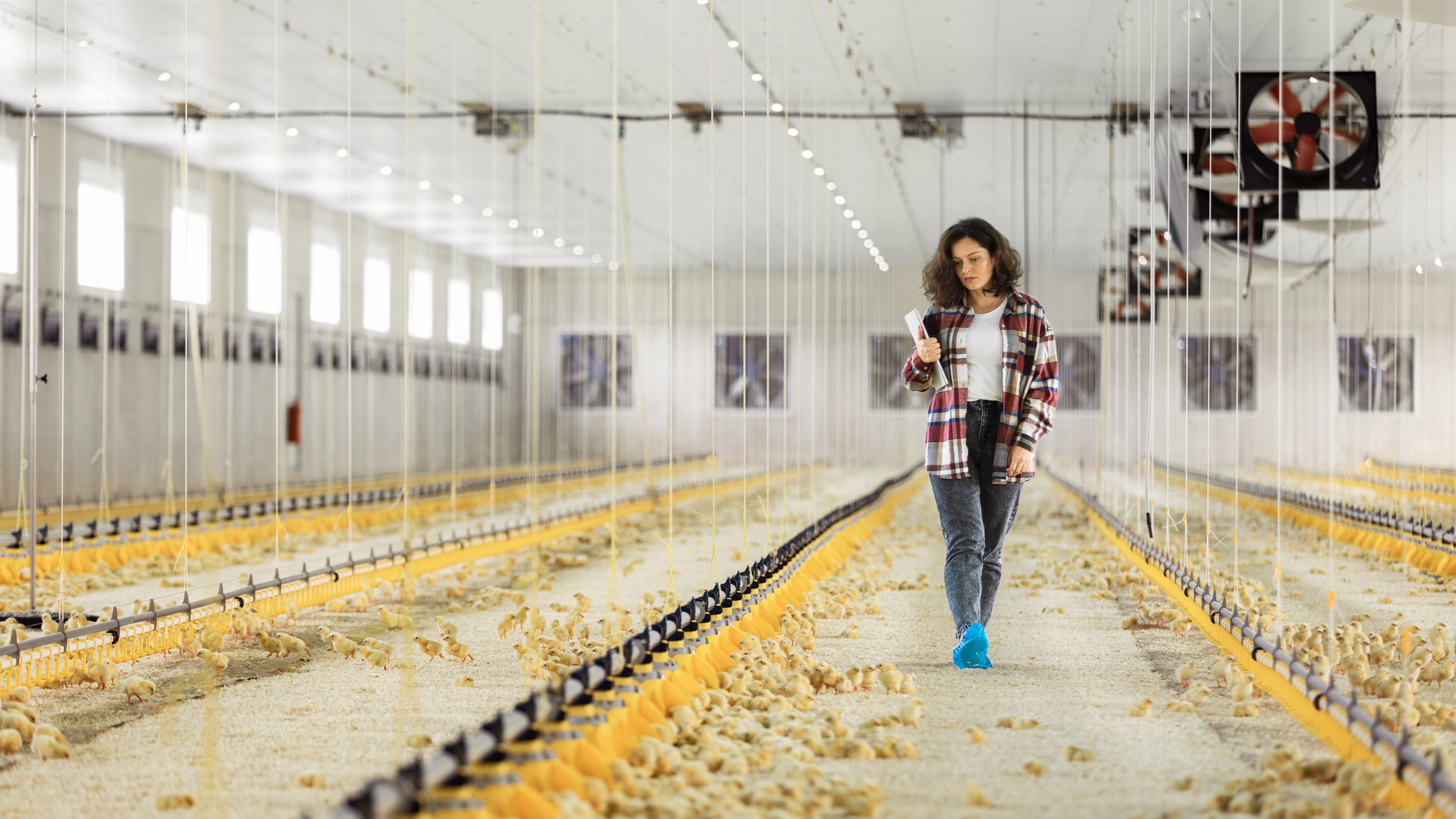Critical advice to help the animal and public health sectors mitigate the spread and further potential mutation of avian influenza has been issued by EFSA in conjunction with the European Centre for Disease Control (ECDC).
The move follows a series of alarming bird flu developments, including the stepping up of controls across England and Scotland and the worrying jump between birds and cows in the US.
Experts have already warned, despite peak bird flu season being over, the world had taken a step “along the line to panic” following H5N1’s jump to cows.
How many bird flu mutations are there?
Some 34 genetic mutations have been listed by scientists, who warn they could increase the potential risk of spread to humans.
High-density farming, low biosecurity practices, deforestation, urbanisation and global trade increase the risk of spread from animal to human.
“Global developments demand that we stay alert and make sure Europe is prepared to respond to the threat of avian influenza,” ECDC director Pamela Rendi-Wagner said.
The organisation has moved to support the EU and EEA Member States in preparing, preventing and containing potential future outbreaks in animals and humans, she said, adding such steps were “paramount”.
Scientists advocate the better sharing of data along the food supply chains and elsewhere to help tackle emerging outbreaks.
“In 2024, avian influenza viruses expanded their reach, infecting previously unaffected species,” said EFSA acting executive director Bernhard Url.
How can bird flu’s spread be prevented?
“Our work identifies key mutations linked to a potential spread to humans, requiring rapid detection and response.”
Bird flu’s spread can be prevented through a coordinated ‘one health’ approach, where materials and data is combined and tracked, EFSA and ECDC believe.
The organisations also set out a series of key recommendations to be actioned by all relevant sectors.
- Genetic analysis: Use genetic sequencing to detect mutations or virus adaptations to mammals early
- Animal surveillance: Monitor sick or dead mammals linked to infected wild birds, poultry or mammals
- Public health surveillance: Test exposed individuals and routinely send samples to further identify the flu sub-type
- Prevention measures: Implement robust farm biosecurity measures, train staff, vaccinate poultry, and prepare outbreak response plans
- Public health preparedness measures: Raise awareness among high-risk groups, the general public and train healthcare workers to recognise and manage avian influenza


